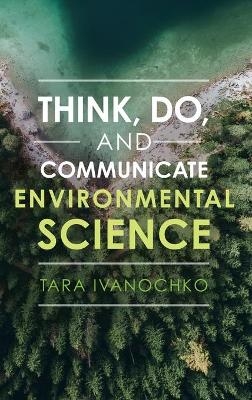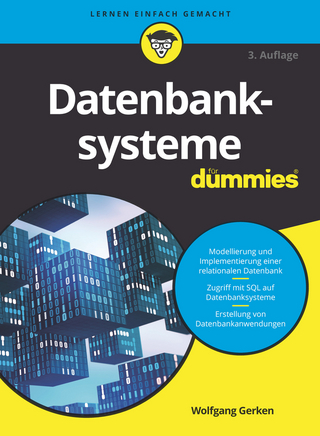
Think, Do, and Communicate Environmental Science
Cambridge University Press (Verlag)
978-1-108-42345-8 (ISBN)
Many students find it daunting to move from studying environmental science, to designing and implementing their own research proposals. This book provides a practical introduction to help develop scientific thinking, aimed at undergraduate and new graduate students in the earth and environmental sciences. Students are guided through the steps of scientific thinking using published scientific literature and real environmental data. The book starts with advice on how to effectively read scientific papers, before outlining how to articulate testable questions and answer them using basic data analysis. The Mauna Loa CO2 dataset is used to demonstrate how to read metadata, prepare data, generate effective graphs and identify dominant cycles on various timescales. Practical, question-driven examples are explored to explain running averages, anomalies, correlations and simple linear models. The final chapter provides a framework for writing persuasive research proposals, making this an essential guide for students embarking on their first research project.
Tara Ivanochko is a senior instructor and Director of Environmental Science in the Earth, Ocean and Atmospheric Science department at the University of British Columbia. She is also Academic Director of the UBC Sustainability Initiative, and her research focuses on marine paleoclimatology and the reconstruction of environmental systems on timescales from 10,000 to 100,000 years. A passionate educator, Dr Ivanochko has developed a multi-year curriculum to actively engage undergraduate students in authentic scientific experiences, and has incorporated learning portfolios and community-based learning into the Environmental Science degree.
Foreword Ralph Keeling; Introduction; 1. Reading papers to find the science, not the answer; 2. Communicating science visually; 3. Matching scales and processes; 4. Collecting environmental data; 5. Writing research questions; 6. Aligning your question with your data; 7. Working with environmental data; 8. Isolating individual signals from a composite dataset; 9. Differentiating signals from noise; 10. Characterizing your data; 11. Comparing datasets; 12. Developing simple environmental models; 13. Writing a science proposal; 14. Writing an abstract; Appendix: Working in Excel; Glossary; Epilogue; Index.
| Erscheinungsdatum | 19.05.2021 |
|---|---|
| Zusatzinfo | Worked examples or Exercises |
| Verlagsort | Cambridge |
| Sprache | englisch |
| Maße | 230 x 150 mm |
| Gewicht | 510 g |
| Themenwelt | Mathematik / Informatik ► Informatik ► Datenbanken |
| Naturwissenschaften ► Biologie ► Ökologie / Naturschutz | |
| Technik ► Umwelttechnik / Biotechnologie | |
| ISBN-10 | 1-108-42345-0 / 1108423450 |
| ISBN-13 | 978-1-108-42345-8 / 9781108423458 |
| Zustand | Neuware |
| Informationen gemäß Produktsicherheitsverordnung (GPSR) | |
| Haben Sie eine Frage zum Produkt? |
aus dem Bereich


